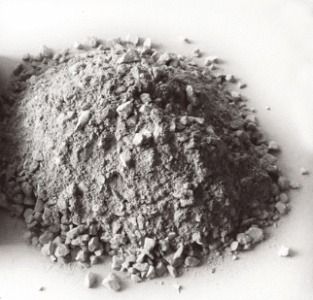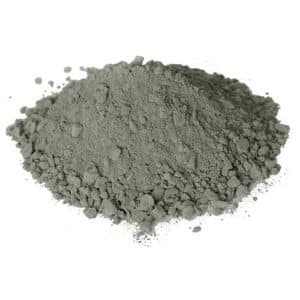In industrial production, lightweight insulation castable is widely used in the construction of various furnace bodies. However, sometimes cracks will appear after building the furnace, which not only affects the heat preservation effect of the furnace body, but also may lead to the instability of the furnace structure. So, why do cracks appear after the light insulation castable is built?

- Material factor
In the field of materials science, sometimes we encounter the problem of uneven composition. When the composition of the lightweight insulation castable is not uniform, or the proportion of additives is improper, the material may shrink unevenly during the curing process, resulting in cracks.
Moreover, in the process of long-term storage of some materials, the performance gradually changes, the viscosity decreases, the strength weakens, and under the roasting of the fire, these materials can no longer withstand the pressure of the past, and cracks quietly appear on the furnace body. To avoid this, we need to carefully screen materials and deploy them wisely to ensure that they are most effective when they are most needed.
- Use environmental factors
Temperature change: the furnace body lightweight insulation castable in the process of thermal expansion and contraction, will experience temperature changes. The atoms and molecules inside the furnace material constantly change their arrangement and vibration state with the change of temperature, which leads to the generation of internal stress, interferes with the normal operation of the furnace, and causes cracks under long-term accumulation.
Chemical erosion: In the working environment of some furnace bodies, they have to face the challenge of corrosive gases or liquids, the material in a corrosive environment, over a long period of time, the performance is gradually degraded, and the originally solid barrier is cracked.
- The “gray-water ratio” of castable was not reasonably controlled during the mixing process
After the product is formed, if the internal porosity of the material is high, its overall strength will be reduced, and its structural stability will be challenged. On the other hand, adding too little water will lead to poor material fluidity, and it is difficult to achieve the ideal compaction effect during vibration. Such materials are more likely to form pores and caves during the molding process, thus greatly reducing the strength of the material.
- Poor mixing time and vibration time control
The mixing time is too short, the material is not fully integrated, neither uniform nor dense, and the strength is naturally greatly reduced. In order to ensure the quality of the product, we need to use a professional tamper for layered pouring. However, the mixing time should not be too long, otherwise the fine powder and stone in the material will be separated, causing the strength of the material to be further reduced, and may even lead to the material falling off. In addition, the shelf life of the product after mixing is critical. Our products need to be constructed within 30 minutes of mixing to ensure their performance and stability. Finally, the choice of construction environment can not be ignored. Our products need to be constructed in an environment above 5 ° C. Too low temperature will cause the material is not easy to dry solid, even after dry solid may also appear false condensation phenomenon, thus affecting the quality and stability of the product.
- Out of time control
At the stage when the product is not hardened, we need to take it out of the mold. In order to ensure that the edges and corners of the product are not damaged during the molding process, we need to ensure that they have a certain strength, which can be achieved through careful design and manufacturing processes. Before disassembling the mold, the bearing template of the product needs to reach at least 70% strength to ensure that it will not be deformed or damaged in subsequent processing. In addition, in order to facilitate the smooth production of the product, we will apply a special lubricant to the surface of the mold before casting. This can not only reduce the friction between the product and the mold, but also ensure that the product will not be damaged when the mold is out. In general, the molding process of the product requires careful design and operation to ensure the quality and performance of the final product.
- Health time is not properly controlled
At the end of boiler manufacturing, an essential period of natural drying is particularly critical. When the boiler is ready to enter the oven stage, it must have reached a certain natural strength. In the oven, temperature control is very important. It must rise at a uniform and smooth speed according to the preset curve, so as to maintain the temperature fluctuation within ±20 °C, to avoid the rapid rise in temperature and water can not be discharged in time, thus destroying the integrity of the anti-wear layer. At the same time, it can also prevent the temperature field in the fire protection anti-wear layer from being too large, resulting in huge thermal stress, which causes the fire protection layer to crack, expand and fall off.

There are many reasons for the crack of light insulation castable after furnace construction, including the material itself and the influence of construction and use environment. By optimizing the material formula, controlling the construction conditions and strengthening the maintenance of the furnace body, we can effectively reduce the occurrence of cracks and improve the insulation effect and stability of the furnace body.
